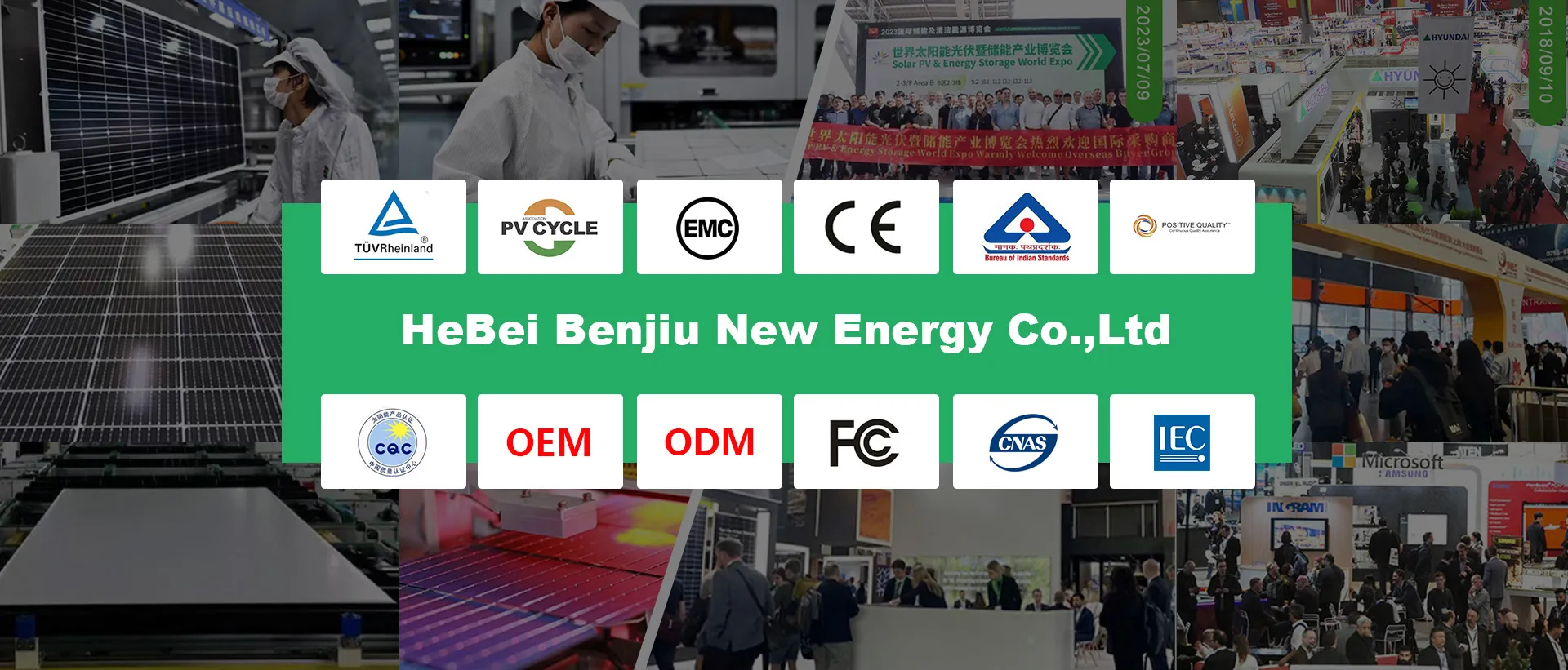hybrid inverter
Understanding Hybrid Inverters A Comprehensive Overview
In recent years, the push for renewable energy solutions has led to significant advancements in technology, particularly in solar energy systems. One of the most innovative components emerging in this field is the hybrid inverter. This device plays a pivotal role in enabling a more efficient and flexible energy management system, allowing homeowners and businesses to take full advantage of solar power while maintaining access to the grid and battery storage solutions.
A hybrid inverter is a versatile device that combines the functionalities of a traditional inverter with that of battery management systems. It converts direct current (DC) from solar panels into alternating current (AC) for use in homes and businesses. Unlike standard inverters, which only connect to solar panels and the electrical grid, hybrid inverters have the additional capability to manage battery storage systems. This means they can store excess energy generated during peak sunlight hours for use during low production times, such as at night or during cloudy days.
One of the significant advantages of using a hybrid inverter is energy independence. With a hybrid system, users can rely more on their renewable energy sources, reducing their dependence on fossil fuels and fluctuating energy prices. This self-sufficiency is particularly beneficial in areas prone to utility outages or those with unreliable grid connections. By storing energy in batteries, households can maintain power even during grid failures, providing peace of mind and security.
Additionally, hybrid inverters are designed to optimize energy consumption. They intelligently manage power flows between the solar panels, the grid, and the battery storage, ensuring that energy is used in the most efficient way possible. For instance, when solar generation exceeds consumption, the excess energy can be stored in the batteries. When energy demand is higher than solar generation, the inverter can draw power from the batteries or the grid as needed. This dynamic management not only maximizes energy use but also helps reduce electricity bills.
hybrid inverter

The installation of hybrid inverters can also contribute to the sustainability goals of businesses and homeowners. Many hybrid systems are compatible with various types of renewable energy sources, allowing them to integrate wind power or additional solar arrays. This flexibility enables users to tailor their energy systems according to their specific needs and available resources, further enhancing the efficiency and effectiveness of their renewable energy solutions.
Moreover, hybrid inverters are becoming increasingly user-friendly, equipped with smart monitoring systems. These systems allow users to track their energy production and consumption in real-time through mobile applications or web interfaces. Such technological enhancements empower users to make informed decisions about their energy use, contribute to sustainability efforts, and optimize their operational efficiency.
However, while hybrid inverters offer numerous benefits, it is essential to consider some challenges. Initial installation costs can be higher compared to traditional grid-tied systems, although these costs are gradually decreasing as technology advances and becomes more widespread. Additionally, selecting the right size and capacity for batteries and inverters requires careful consideration and planning to match the energy needs effectively.
In conclusion, hybrid inverters represent a significant advancement in the evolution of solar energy systems. By combining the functionality of traditional inverters with battery storage capabilities, they offer enhanced energy efficiency, independence, and sustainability. As the shift towards renewable energy continues to gain momentum, hybrid inverters will play an increasingly vital role in shaping the future of energy consumption and management, making them an essential consideration for anyone looking to invest in solar energy solutions.
-
String Solar Inverter: The High-Efficiency Solution for Smart Solar EnergyNewsJul.14,2025
-
Revolutionizing Rooftop Energy with the Power of the Micro Solar InverterNewsJul.14,2025
-
Power Independence with Smart Off Grid Solar Inverter SolutionsNewsJul.14,2025
-
On Grid Solar Inverter: Powering the Future with Smart Grid IntegrationNewsJul.14,2025
-
Monocrystalline Solar Panels: High-Efficiency Power for the Future of Clean EnergyNewsJul.14,2025
-
Bifacial Solar Panel: A Smarter Investment for Next-Generation Energy SystemsNewsJul.14,2025







